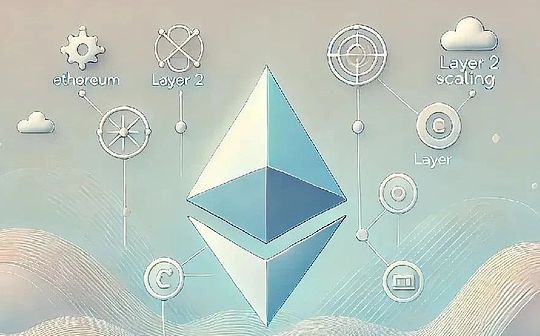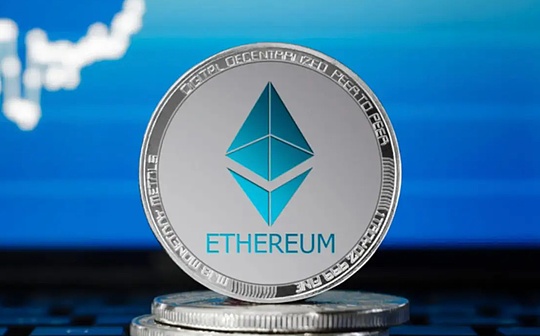
Source: Uncertain thinking
I just talked to a friend on the phone and the core topic is whether Ethereum is OK?
My conclusion is:OK, brief summary, the industry is promising in the future, and it takes time to explode.
Simply record the logic you said:
I think it is correct whether L2 fails or is correct:
-
Judging from the narrative of public chains, there are almost no new L1 releases in this cycle.
-
Ethereum’s modular L2 direction almost prevents the emergence of new public chains
-
Large enterprises (such as Sony) are almost all L2 based on Ethereum ecological infrastructure.
-
There are very few old new public chains left, only solana can be played
The problem becomes that L2 points have led to liquidity, reducing Ethereum’s ability to capture value. My conclusion is that this is just a temporary appearance:
-
This problem only arises when there is insufficient liquidity in the field
-
17 I love a lot of similar projects in Western Europe, and finally converged to only a few top companies in each track.
-
A large number of liquidity mining projects broke out in 21, and in the end, only a few left in each sub-track
-
The current L2 Hundred Schools of Thoughts will also be a process of bursting first and then converging, and liquidity will only gather in a few chains.
-
At the same time, Ethereum will eventually solve the problem of interoperability (op stack currently has an interoperability solution)
The butterfly effect of reduced handling fees has not yet appeared, but will eventually lead to the outbreak of large-scale applications:
-
Previously, users had high processing fees on the chain and had high wallet thresholds. Only enough money-making effect could attract some users to link to the chain.
-
At present, the handling fee of Ethereum has been greatly reduced, and the on-chain U conversion is even an order of magnitude lower than Tron
-
The handling fee on L2 is lower, which will promote the occurrence of many new application forms. Product subsidies of 10U are enough for users to operate 10,000 times.
-
In addition, abstract accounts, especially large-scale applications after social recovery (exchanges have been popularized), users do not need to worry about account security and thresholds at all.
-
A good infrastructure plus a handling fee that does not require users to pay, there will be many traditional web2s to find opportunities, and a new form will occur.
There is also an unavoidable competition problem between BTCFi and solana:
-
First of all, I personally think that BTCFi will be based on Ethereum in the future, which is itself a strengthening of the Ethereum public chain narrative.
-
For example, the development of the application market cannot be the only one. How much share will Apple and Android take in the future? This requires personal judgment.
-
If solana is not good at taking solana, it is still a matter of personal confidence. If you don’t move for 5 years, which one can have a better mentality and a more stable job.
Questions about the future of the crypto industry:
-
Gambling and gray industry are the basic market. First of all, the basic market will always be there, and encryption cannot die
-
From a trend perspective, traditional finance is already penetrating the business on the chain, and large companies are also making their own products
-
The future cycle may be different from before. FaB was too easy to make money, so who still makes products
-
This cycle may be a turning point, making people realize that the direct faB is no longer possible, and more people will gradually be willing to make products that make money at the bottom.
-
Before the openai3.5 was released, Nvidia’s infrastructure was already very good, and it was only released on WeChat in a few years after the iPhone 4. These require time to accumulate and trial and error.
-
If you want to add more time, I personally think that 5-10 years will usher in an explosive period







